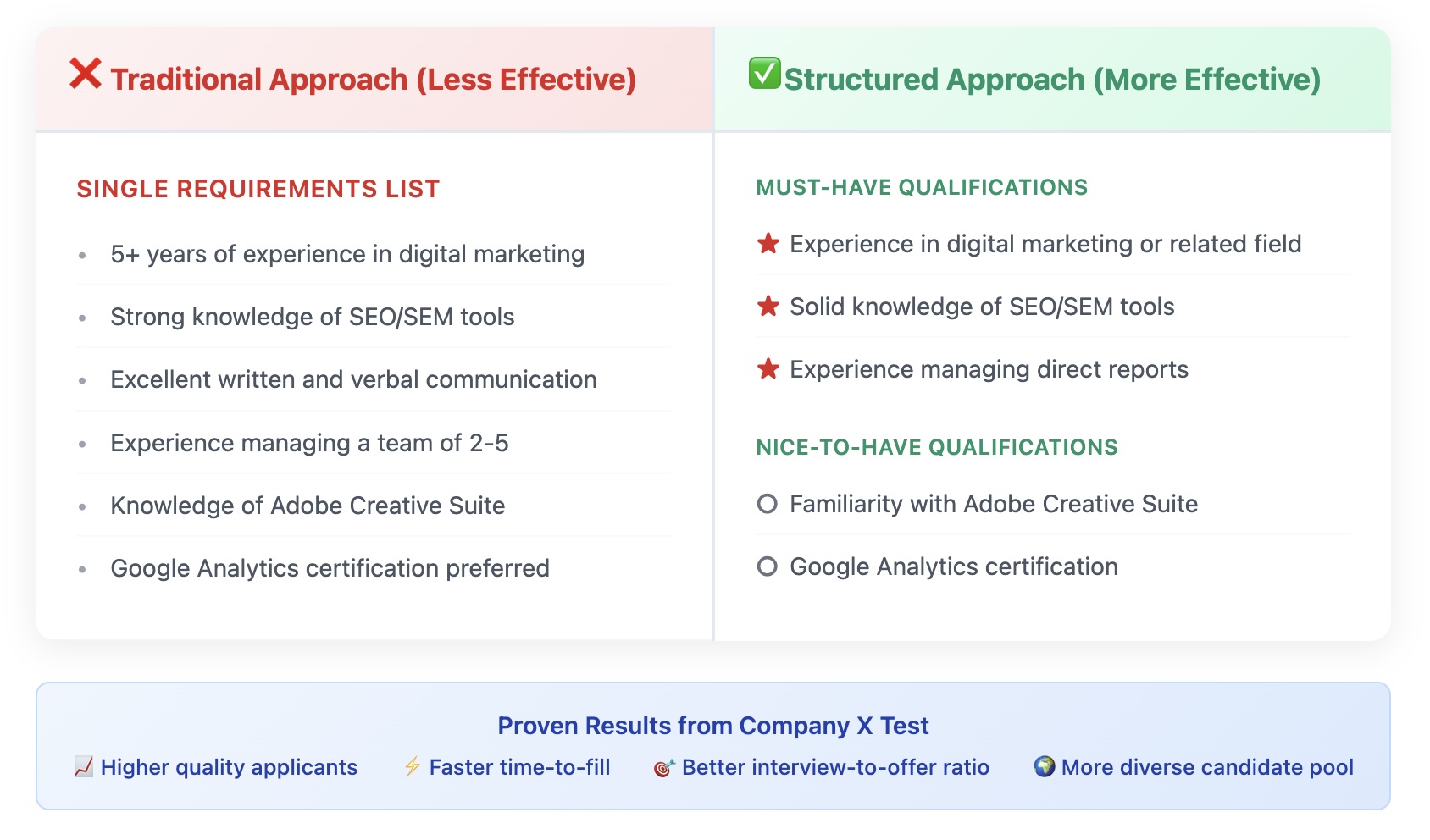Say goodbye to dedicated desks and hello to collaborative workspaces.
More companies are ditching individual desks and embracing shared spaces, as 62% of employers are aiming for a ratio of 1.5 employees per desk, and the amount of individual workspaces has already decreased from 51% in 2021 to 40% in 2024, according to data from the commercial real estate company CBRE.
US companies are “way behind” other global employers in utilizing shared workspaces, said Kate Lister, principal at consulting firm Global Workplace Analytics. But with the prospect of shared workspaces cutting space and costs, and increasing collaboration, many employers finally see “what’s in it for me,” Lister told HR Brew.
Adding more shared or collaborative workspaces doesn’t mean companies have to eliminate dedicated desks entirely, and experts shared with HR Brew how optionality helps employees.
Employees want variety. After employees learned how to be productive remotely during the pandemic, their mindsets shifted around what type of workspace they wanted in the office, Lister said, or what she calls, rethinking their “me space” and “we space.”
Offices typically have more areas to do individual work, or me-spaces, with fewer rooms for shared work, or we-spaces, she said, but as more employees have efficient me-spaces at home, they primarily want we-space in the office for collaboration and connecting with coworkers.
In 2020, roughly 60% of employees worked in spaces individually assigned to them, according to research from real estate analytics firm Leesman. In 2023, that figure dropped to 40% as companies introduced unassigned workspaces, like “hot desking,” where employees shared desks with coworkers.
Increasing the number of shared or unassigned workspaces can help HR bring employees into the office, Peggie Rothe, Leesman’s chief insights and research officer, told HR Brew, because employees want variety in their workspaces for different work tasks and their various “moods.”
“Imagine an environment where there’s different types of areas and spaces, and settings for different types of activities…Those actually outperform the workplaces with dedicated desks,” Rothe said. “If you have unassigned [workspaces] with good variety, on average, those employees have the best experience, and it’s simply based on…employees can customize their office.”
Lister said workspace variety includes both individual and collaborative options, like quiet booths for focused work, small private rooms for one-on-one conversations, conference rooms for larger groups, and outdoor areas to fuel creativity and innovation. Variety also helps employees feel like they have control and choice, she added, which improves engagement, productivity, and stress levels.
Where HR can start. The success of incorporating shared workspaces comes down to “an alliance” between HR, IT, and property management teams, Lister said, because they work together like a “three-legged stool.”
Quick-to-read HR news & insights
From recruiting and retention to company culture and the latest in HR tech, HR Brew delivers up-to-date industry news and tips to help HR pros stay nimble in today’s fast-changing business environment.
“If we don’t have the technology to support the work we’re doing, that’s not going to work. If our conference rooms are not well set up for hybrid meetings, it’s not going to work,” she said. “If real estate sells off the real estate without talking to HR, and believe me, it happens, that’s not going to work either.”
Once HR aligns with property management and IT on how much space is allotted and the technology required, Lister advises people leaders to evaluate how conducive both individual and collaborative workspaces are for neurodiverse employees, which includes limiting noise, softening lighting, and decreasing distractions.
Jennifer Moss, author and workplace strategist, agrees with Lister that companies should prioritize neurodiverse employees during planning for new and existing workspaces, and it helps by not taking away all options for individual workspaces, and then allowing departments and teams to decide what works best.
Increasing shared spaces, like any other new company policy, should require HR pros to gather employee feedback, Moss told HR Brew. It’s a seemingly “simple action,” she said, but employees will “get on board faster and adopt these decisions quicker [if] they feel like they have had some agency in the decision.”
Easier said than done. What people leaders often overlook when introducing a new approach, Lister said, is change management, like helping employees understand why their workspaces are changing and training managers how to talk with employees about the changes.
“You’ve got to have people understand, why are we doing this, [like]…‘We’re taking away your assigned seat because we need to build these other areas that are physically better for you, better for the environment, better for your concentration, better for productivity,’” Lister said. “Rather than just saying, ‘Here we’re taking away your desk,’ and that’s what a lot of companies do.”
HR pros themselves are often left out of the decision-making process behind policy changes, Moss noted, and they’re forced to manage the aftermath with employees. As a result, she encourages management to walk around and get out on the floor with employees, so they know you’re there and open to receiving feedback.
“Maybe, it isn’t that you can change the policy, but how do you make sure that you have really good, easy booking systems? How do you make sure that people have lockers and storage that they might need for their belongings?” she said. “[Gather] data about what people are feeling, what their pain points are right now…That’s a really great way right now to still, as an HR leader, feel like…you have the ability to improve situations for people on the ground.”











